

Top companies trust Airbyte to centralize their Data










Sync your Data
Ship more quickly with the only solution that fits ALL your needs.
As your tools and edge cases grow, you deserve an extensible and open ELT solution that eliminates the time you spend on building and maintaining data pipelines
Leverage the largest catalog of connectors
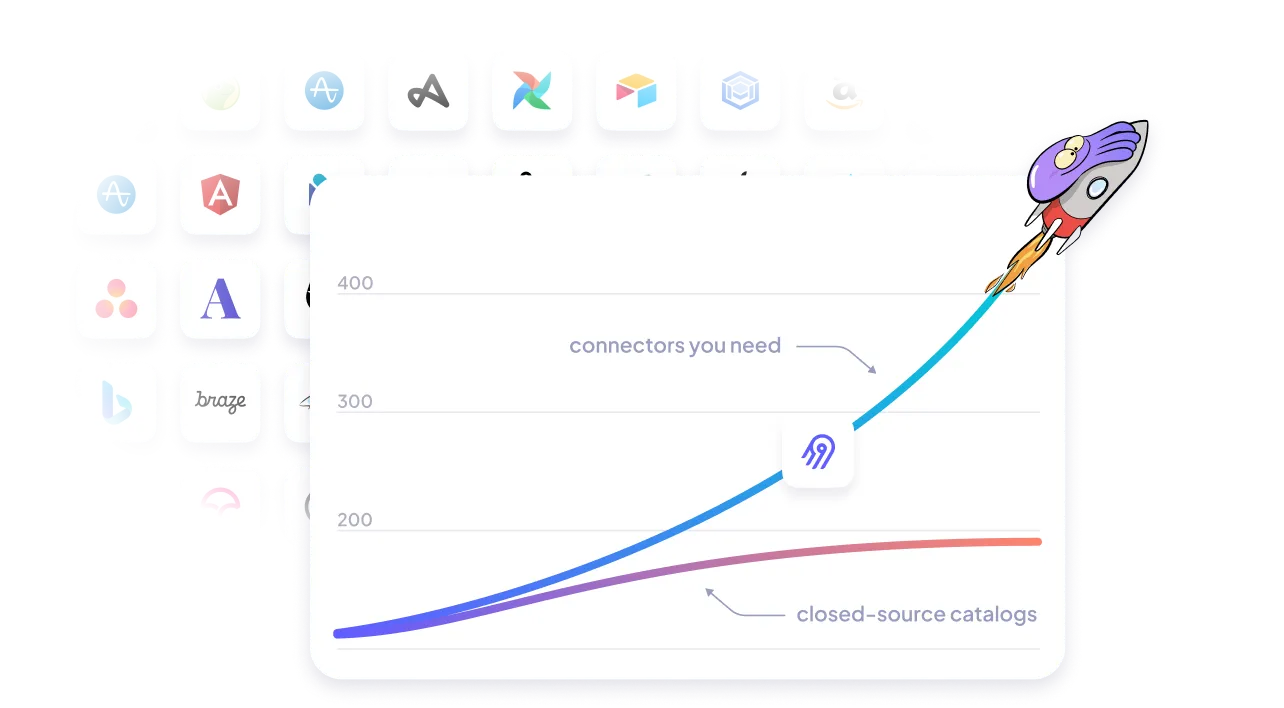
Cover your custom needs with our extensibility

Free your time from maintaining connectors, with automation
- Automated schema change handling, data normalization and more
- Automated data transformation orchestration with our dbt integration
- Automated workflow with our Airflow, Dagster and Prefect integration
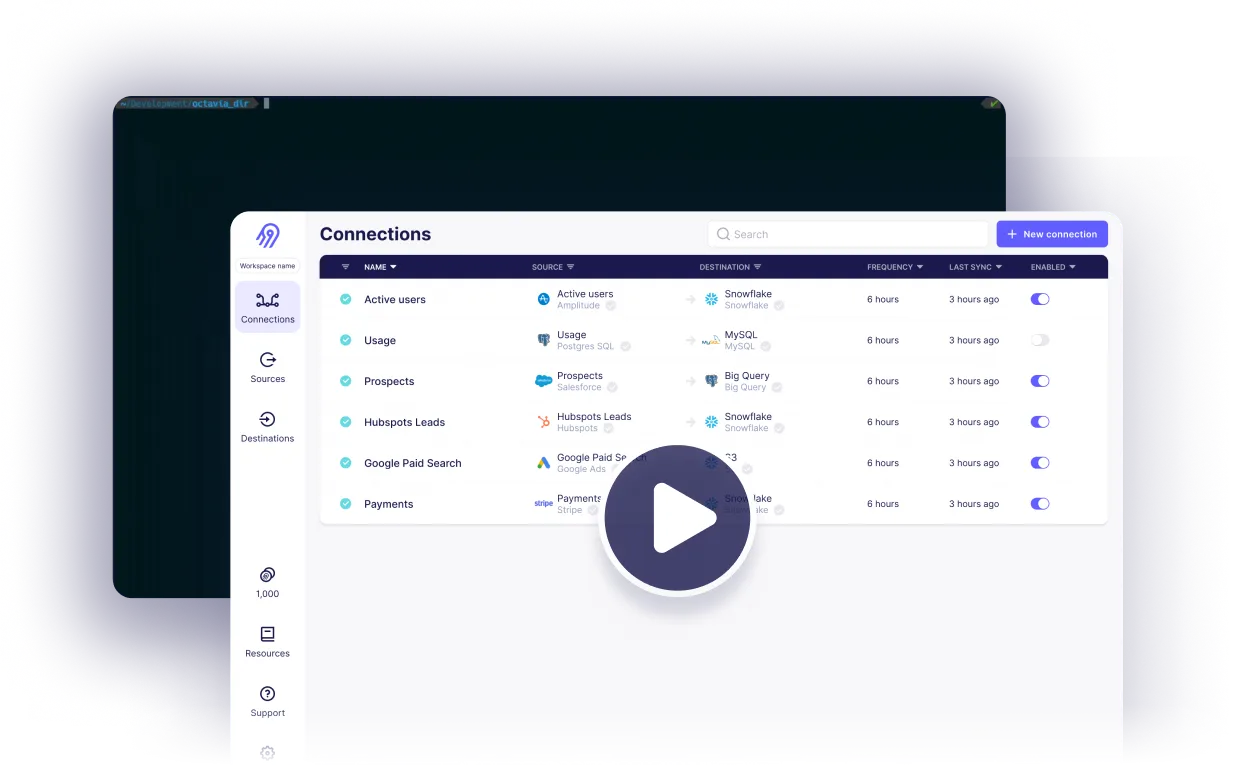
Reliability at every level
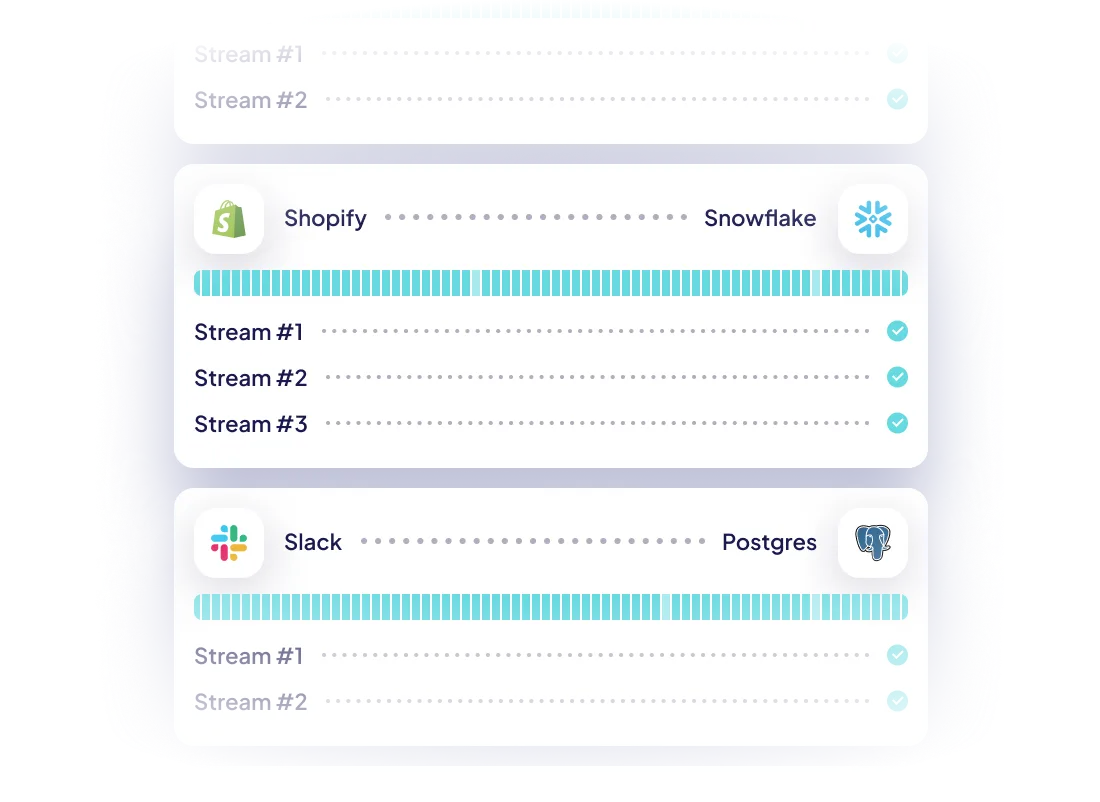


Airbyte Open Source
Airbyte Cloud
Airbyte Enterprise

Why choose Airbyte as the backbone of your data infrastructure?
Keep your data engineering costs in check
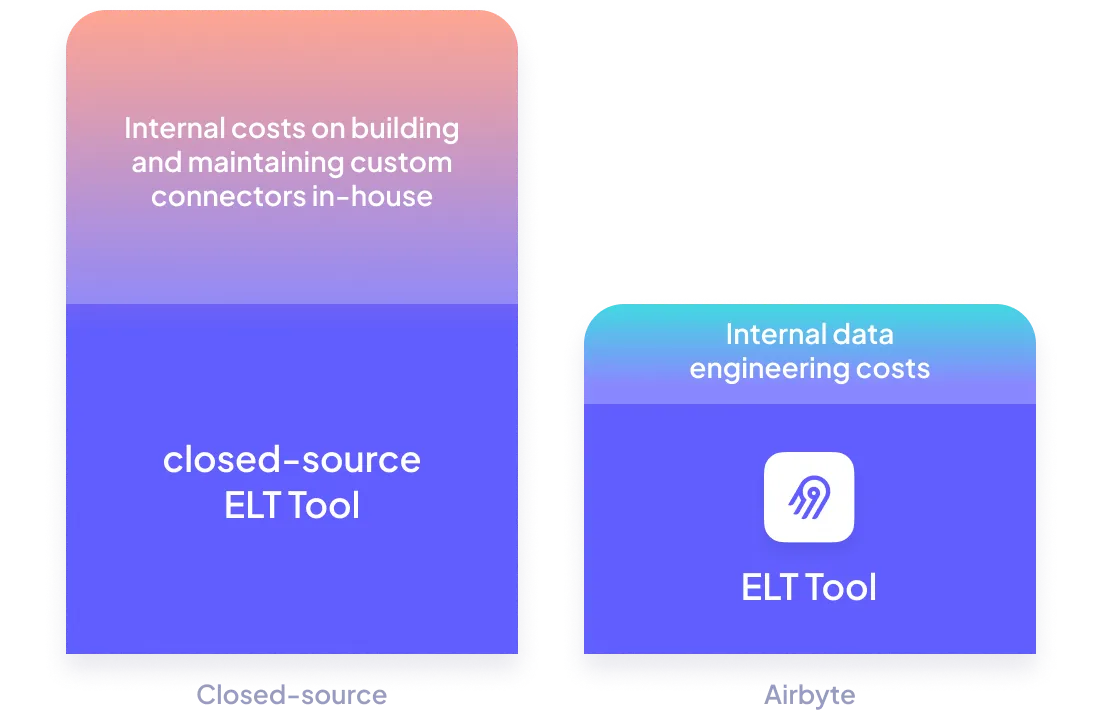
Get Airbyte hosted where you need it to be
- Airbyte Cloud: Have it hosted by us, with all the security you need (SOC2, ISO, GDPR, HIPAA Conduit).
- Airbyte Enterprise: Have it hosted within your own infrastructure, so your data and secrets never leave it.
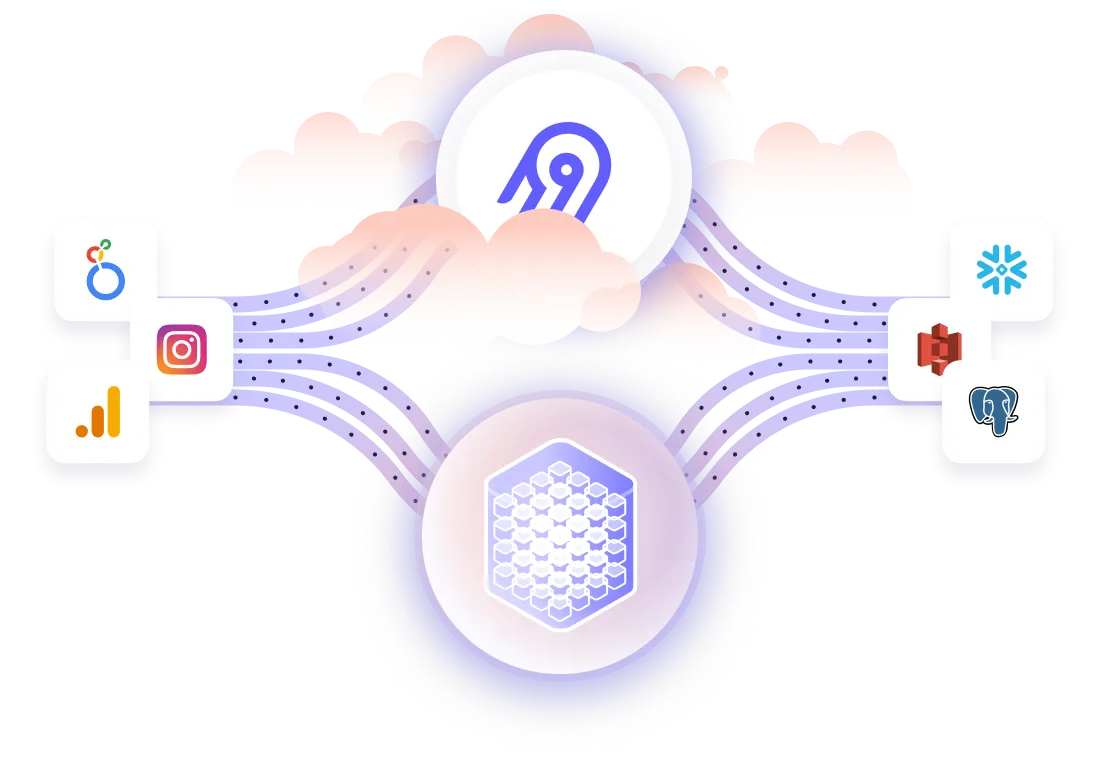
White-glove enterprise-level support
Including for your Airbyte Open Source instance with our premium support.
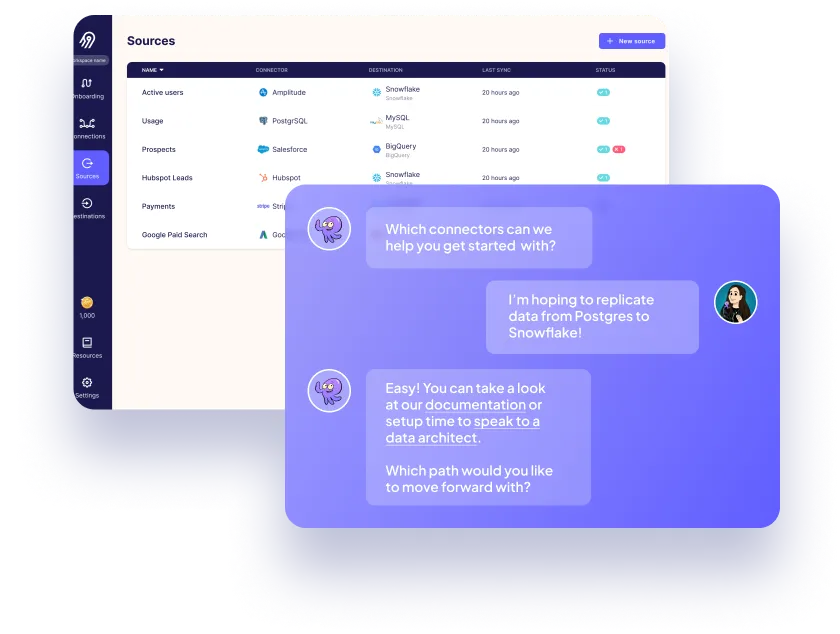

Fnatic, based out of London, is the world's leading esports organization, with a winning legacy of 16 years and counting in over 28 different titles, generating over 13m USD in prize money. Fnatic has an engaged follower base of 14m across their social media platforms and hundreds of millions of people watch their teams compete in League of Legends, CS:GO, Dota 2, Rainbow Six Siege, and many more titles every year.
Ready to get started?
FAQs
What is ETL?
ETL, an acronym for Extract, Transform, Load, is a vital data integration process. It involves extracting data from diverse sources, transforming it into a usable format, and loading it into a database, data warehouse or data lake. This process enables meaningful data analysis, enhancing business intelligence.
Amazon Advertising, or Amazon Pay-Per-Click (PPC) advertising, is becoming a significant threat to both Facebook and Google's monopoly on the PPC market share. Consumers of all sorts use Amazon to check and compare prices, find new products, begin product searches, and make immediate purchases. Amazon itself claims that 76% of its shoppers use the search bar to find an item, opening the door to PPC advertising. This allows sellers and brands to reach a wide range of consumers while they shop, which means they are often already in the buying phase of the consumer journey. With over 300 million active customer accounts, leveraging this powerful advertising channel is undeniably integral to any e-commerce campaign. Not to mention, Amazon is only getting bigger. Amazon Advertising positions your brand ahead of the competition, and your business should be taking full advantage of this platform. Below, we’ve put together a comprehensive guide to further your knowledge and understanding of Amazon Advertising tools, products, and opportunities to equip your brand with the necessary knowledge to maximize its reach and boost results.
S3 Glue is a server less, salable data integration service that makes it easier to discover, prepare, move, and integrate data from multiple sources for analytics, machine learning, and application development. It provides all the capabilities required for data integration, so you can get insights and put your data to use in minutes instead of months. With S3 Glue, there is no infrastructure to set up or manage. You can pay only for the resources consumed while your jobs are continuing.
Amazon Ads API provides access to a wide range of data related to advertising campaigns on Amazon. The following are the categories of data that can be accessed through the API:
1. Campaign data: This includes information about the campaigns such as campaign name, start and end dates, budget, targeting options, and bid strategy.
2. Ad group data: This includes information about the ad groups such as ad group name, targeting options, and bid strategy.
3. Keyword data: This includes information about the keywords such as keyword match type, bid, and performance metrics.
4. Product data: This includes information about the products being advertised such as product name, ASIN, and product category.
5. Performance data: This includes information about the performance of the campaigns, ad groups, keywords, and products such as impressions, clicks, conversions, and cost.
6. Audience data: This includes information about the audiences being targeted such as demographics, interests, and behaviors.
7. Inventory data: This includes information about the inventory being advertised such as availability, pricing, and product details.
Overall, Amazon Ads API provides access to a comprehensive set of data that can be used to optimize advertising campaigns and improve performance.
What is ELT?
ELT, standing for Extract, Load, Transform, is a modern take on the traditional ETL data integration process. In ELT, data is first extracted from various sources, loaded directly into a data warehouse, and then transformed. This approach enhances data processing speed, analytical flexibility and autonomy.
Difference between ETL and ELT?
ETL and ELT are critical data integration strategies with key differences. ETL (Extract, Transform, Load) transforms data before loading, ideal for structured data. In contrast, ELT (Extract, Load, Transform) loads data before transformation, perfect for processing large, diverse data sets in modern data warehouses. ELT is becoming the new standard as it offers a lot more flexibility and autonomy to data analysts.





















